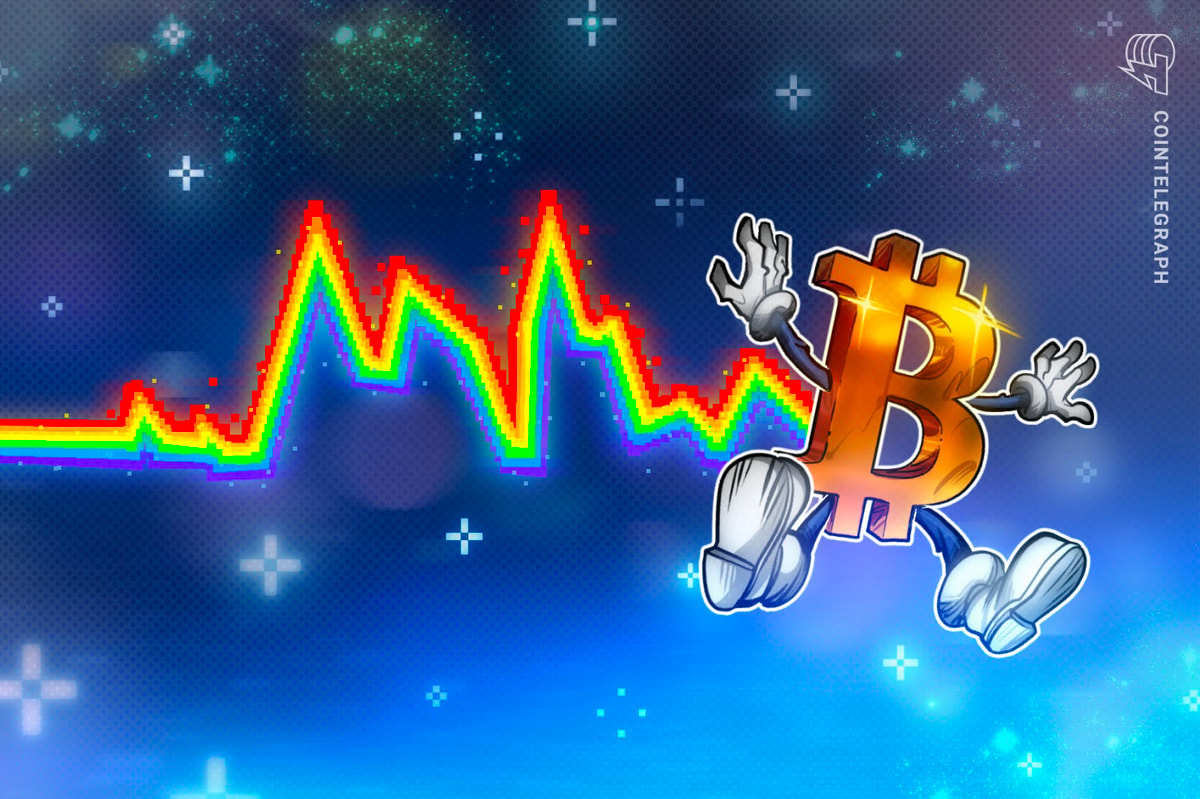With a bank, the coins and notes you hold in your hand are your connection to the currency system; with gold, you can hold your ounce in the palm of your hands, even stocks and bonds have certificates. When it comes to Bitcoin, they are ethereal.
For many everyday users of Bitcoin, their only connection to their asset, their money, is the exchanges. These applications, companies, websites essentially, are the only tenuous link between people and their digital assets.
Thus, when there are problems with the exchanges, it is little surprise that a degree of panic sets in. Coinbase, one of the biggest and fastest growing exchanges, suffered outages as the frenzy of FOMO rallied adoption to new high levels.
When people were met with outages and delays, it sparked panic, in two senses. More FOMO was met, and people fell back to the fear that Bitcoin can collapse - or pop - anytime. This prompted a rather large sell off.
The importance of exchanges
With parallels being drawn between the latest rally, and the boost in 2014 because of the mainstream adoption take up, it is important to see the role of exchanges back then, and how they play their part today.
It was in 2014 when some of the heavy hitters of exchanges, like Coinbase, burst onto the market, making the buying and selling of Bitcoin far easier and much more of a pleasant user experience.
Again, in today’s Bitcoin economy, the exchanges are the lifeblood of the network and the market, and even comparable to the central nervous system for if there is a problem at these centers, things often go pear-shaped quite quickly.
Catalysing the drop
Only hours after soaring past $11,000 - a price that represents a gain of more than two-fold since September - Bitcoin plunged nearly 20 percent in less than 90 minutes. Many are now pinning this latest drop to outages experienced on Coinbase, and others.
Traffic swelled during the US online hours yesterday as investors fought to get on the rocketship seemingly headed to the moon; however, Coinbase could not keep up.
Coinbase tweeted that traffic on its platform hit an all-time high at eight times the peak demand experienced in June. Access remained unavailable to some users.
“Issues in the exchanges add to it without a doubt,” said David Mondrus, chief executive of Trive, a Blockchain-based research platform. “When you have a lack of ability to exit, then people dump in order to exit faster.”
Bitcoin’s Achilles heel
It has been interesting to see how recently not much has phased Bitcoin in terms of negative press. News of Russia’s ban and the emergence of the Crypto Ruble, Jamie Dimon’s ongoing vitriol, and other factors barely even left a scratch on the digital currency. However, when issues affect the exchanges, it seems that is where the market can be hit hard.
“Bitcoin trading isn’t for the novice investor,” said John Spallanzani, chief macro strategist at GFI Securities in New York, who does technical analysis on the cryptocurrency. “Corrections are fast and furious and you can get run over just like in the movie.”











